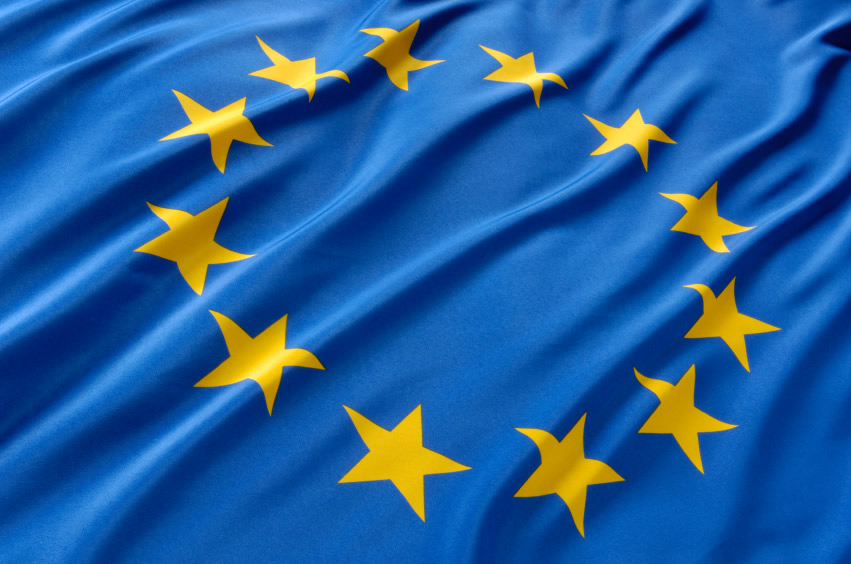How Are Medical Device Companies Addressing EU MDR?

With the next major milestone for EU MDR fast approaching, many medical device companies are finding they need to make some quick decisions to address the range of issues presented by this looming deadline. Part of the challenge involves reassessing their label and packaging artwork processes to ensure compliance. And, EU MDR doesn’t discriminate: Whether you’re a large global manufacturer or a small player in the medical device space, these pending changes will impact any business residing in or selling into the European market, so it will have major implications for businesses of all sizes.
MedTech Intelligence recently posed some questions around EU MDR preparedness to a few of Loftware’s medical device experts. Loftware’s Laura Johnson explains the important role that label and packaging artwork processes play in meeting compliance for EU MDR.
MedTech Intelligence: In what areas under EU MDR do you see manufacturers facing the most challenges in both understanding the regulation as well as compliance?
Laura Johnson: One of the biggest challenges is addressing any label variability. Unfortunately, when it comes to labeling many manufacturers aren’t using dynamic templates to support their label printing process. This means they are faced with updating and validating each individual label template to meet requirements. Of course, this is a very time-consuming process considering that every single edit or update for each template needs to follow a workflow and approval process prior to being approved for production printing.
What’s more, many teams don’t have enough resources to process these updates in the time allocated to meet ensuing compliance deadlines. This has required many manufacturers to hire, retrain or rely on outsourcing work, which adds to top line departmental costs. In addition, the pressing demand to focus resources on EU MDR has resulted in reprioritizing and/or delaying other project initiatives.
Other issues these companies are trying to resolve is the uncertainty about what data needs to be submitted to the European Database on Medical Devices (EUDAMED) in order to comply with the new EU MDR requirements. This type of uncertainty introduces risk, delay and potential non-compliance to label template design and the correct connection of data points from within those templates. As the EU MDR introduces more focus on risk mitigation, this is of particular importance.
Finally, there is often a concern about how introducing new systems, processes and requirements in attempts to ensure compliance will impact a company’s time to market. This makes the need for a highly configurable ‘built for purpose’ solution, speedy implementation and working with an experienced solution provider one of the critical priorities.
MTI: What level of preparedness do you think device manufacturers at right now and where are the gaps? Are you seeing a difference in preparedness based on company size (i.e., smaller manufacturers vs. large companies)?
Johnson: There definitely is a difference regarding preparedness based on company size. As you would imagine, the very large companies appear to be more equipped to identify and manage the updating process. Obviously, they have more resources to allocate to these new challenges and demands placed on them due to EU MDR. However, these larger companies also have a lot more work to do based on the number of products they produce.
Adversely, the smaller organizations appear to be far nimbler. Although, in many cases their primary struggle is around meeting the demands for compliance with the legacy systems and manual processes they have in place. Spreadsheets, legacy systems and even some labeling software packages are not reliable enough to ensure compliance for the evolving demands of medical device labeling. These smaller companies are struggling with tracking these very manual processes and dealing with this time-consuming approach to making the necessary label updates. Ultimately, they may not have allotted enough time to meet the ensuing EU MDR deadline.
Register for the EU MDR Implementation Strategies Web Seminar | February 4–6, 2020But regardless of the size of the organization, it’s very often that internal resources are at a peak and time for compliance is getting scarce. This is why so many medical device companies are enlisting the help of external resources which offers the expertise and the solutions needed to comply with these evolving regional and international regulations. These forward-thinking companies are looking to adopt centralized, automated solutions which supports a speedy validation process and can scale with the business to easily support new languages and new market requirements. This enables them to not only meet EU MDR but also provides the opportunity to quickly expand usage so they can be ready for future regulations.
MTI: In what areas should companies be initially investing time and resources to tackle EU MDR?
Johnson: Certainly, there’s a lot to think about when we consider how to go about addressing all of the demands of EU MDR compliance and medical device labeling overall. But the first step in managing this daunting task would be to assess existing processes and corresponding system functionality. Then companies need to ask, how can we support today’s requirements while also considering potential future updates across the global landscape. Best practice is to futureproof and ensure a scalable solution the enables companies to deal with any additional changes that may be needed as more regions or countries look to enlist similar medical device regulations. Medical device companies need to enlist a scalable and agile workflow and approval process which extends to all stakeholders involved in reviews, approvals and validation.
Another important area of focus is with data cleansing. It’s critical that companies ensure all data sources have been or will be updated with the appropriate data elements needed to fulfill the regulatory requirements. To effectively manage EU MDR and other labeling regulations companies need to replace disparate databases and manual processes with more efficient content management systems and other trusted sources of data such as ERPs, and other business applications that generate the data required for UDI and EU MDR.
Finally, companies need to assess what they currently have for printing equipment. They need to determine whether existing production equipment will be able to support the new label formats and barcode printing. They also need to consider whether that equipment can manage printing of IFUs or patient card packaging processes.
MTI: How many areas of the business enterprise does EU MDR affect?
Johnson: That is a great question as we are often contacted by someone who could represent just one, two or three areas within a business, for example, label and artwork management, operations and/or regulatory. Realistically, the number of stakeholders involved can often be much wider than this. It is often the case that after considering compliance internally as a first step, managing compliance across the entire enterprise and supply chain will be part of the project at the same time. This means that the number and types of systems that any chosen solution needs to integrate with grows exponentially, all while continuing to remain compliant.
Also, the workflow and approval process needed to move all of your labels through re-design is extensive—especially when there are multiple stakeholders involved. Unfortunately, every time there is a change to a label—even a very small change—the label needs to be validated. This adds significant time to the process and can cause substantial delays in meeting compliance deadlines. This is why it’s very important to maintain a labeling solution that enables business users to make label changes without involving scarce IT resources. The right type of solution will provide the opportunity for existing stakeholders or owners of label real estate to easily make mass label changes to their specific areas of interest without having to revalidate the entire label. This can streamline the validation process and produce significant time savings.
Additionally, centralized labeling brings visibility and control—and the ability to demonstrate compliance—to headquarters. This is especially important when there are many stakeholders involved in addressing labeling requirements. When there are a range of business units involved, the ability to access and mange approved content in the same system is very valuable. Ideally, a centralized solution which provides automation of requirements and processes, flexibility, security, control and management capabilities to create new efficiencies and help ensure compliance for EU MDR.
